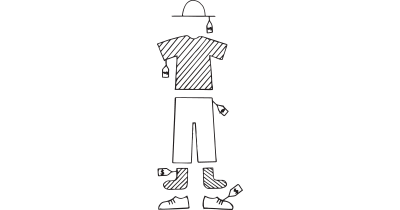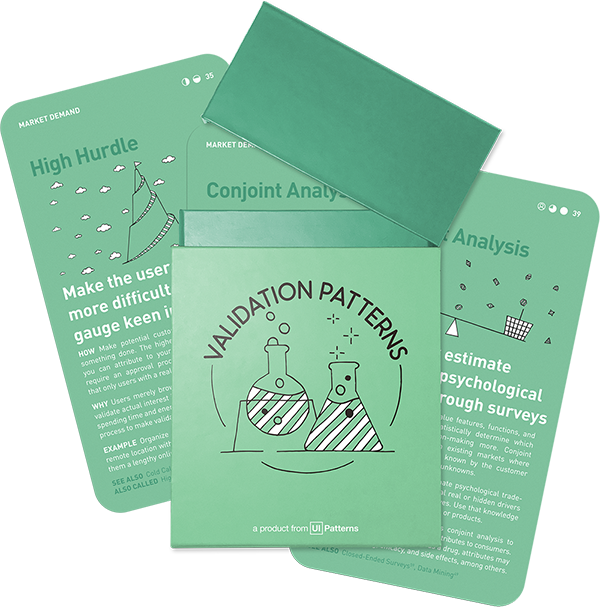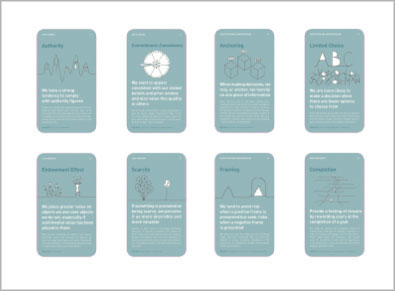Idea Validation: Product
Pretend to Own
Borrow or rent what's needed to test your product before investing in it

How: Find a way to use tools, equipment, locations, server space, or anything else needed to test your product before committing to a significant purchase.
Why: If your product or service requires major upfront investment, borrowing or renting expensive items for your experiment will quicken validation. Don't commit to a 5-year lease until you are sure your idea is viable. Be a cheapskate until your idea is validated.
This type of experiment focuses on borrowing or renting the necessary resources to test a product, rather than investing heavily in them upfront. This strategy can be crucial for validating market demand and feasibility without incurring significant costs.
This approach enables teams to test their hypotheses about market demand and product utility with minimal resources. The primary objective is to gather valuable data and insights on customer acceptance and the product’s viability in the real world.
The process begins with identifying the key resources necessary for product testing. These resources could range from manufacturing equipment, software tools, to specialized facilities. Instead of purchasing these resources, teams look for ways to borrow, lease, or use them temporarily. This could involve working with pilot plants, using shared spaces like maker labs for hardware development, or leveraging cloud computing platforms for software testing. By doing so, teams can simulate having full ownership of the resources without the associated costs.
This approach reduces financial risk and increases flexibility. Startups and product teams often operate under tight budget constraints. If the product concept proves unviable, the team can pivot or abandon the project with minimal losses. On the other hand, positive validation results provide a stronger case for securing further investment or resources for full-scale production.
In practice, product teams use this approach to test various aspects of their product. For instance, a food product startup might use a pilot plant to test small-scale production and gather feedback on taste, packaging, and shelf-life. A tech startup might use cloud services to test their software under real-world conditions without investing in expensive server infrastructure. By doing so, they gather essential data on user engagement, bugs, and usability issues.
Real life Pretend to Own examples
Leases
Don’t commit to a 5-year lease until your idea is viable, but go for a 3-month deal instead or try to get it for free.
Polaroid
In winter 2019, Polaroid hosted a pop-up in NYC to promote its Polaroid Lab product, allowing visitors to print Polaroid images directly from smartphones.
Polaroid
Volkswagen saved nearly €325,000 in 2017 by using 3D printing for tooling, improving ergonomics, productivity, and operator satisfaction. This method is becoming a popular alternative in manufacturing tools for automotive OEMs.
Source: 10 Exciting Examples of 3D Printing in the Automotive Industry in 2021
Culinary Concepts
Culinary Concepts used Tetra Pak’s pilot plant to transition aseptic sauce packaging from concept to market. Small-scale batches validated commercial viability, leading to pioneering aseptically packaged sauces in North America.
A collection of 60 product experiments that will validate your idea in a matter of days, not months. They are regularly used by product builders at companies like Google, Facebook, Dropbox, and Amazon.
Get your deck!Related plays
- Pretotyping in SaaS company by Queue-it
- Pretotype It by Alberto Savoia

